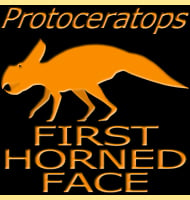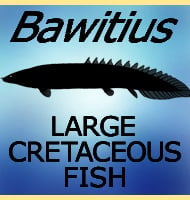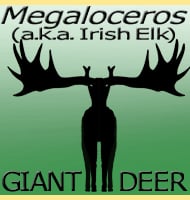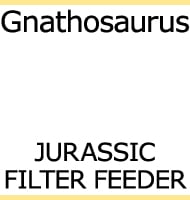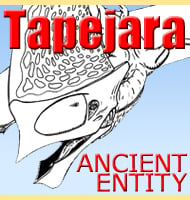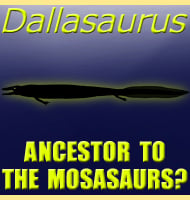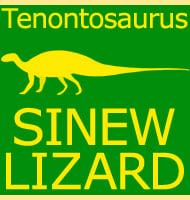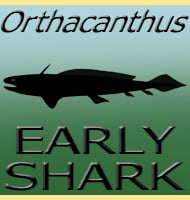In Depth
The holotype fossils of Rhachiocephalus were originally described as a species of Oudenodon, O. magnus, in 1876 by Richard Owen. It was later in 1898 that these fossils were re-described by Harry Govier Seeley as a new genus, Rhachiocephalus. Fossils of Rhachiocephalus are currently known from both South Africa and Tanzania. One Tanzanian species, R. behemoth seems to have been particularly large with current known remains indicating that this species could grow to at least two and a half meters in length.
Further Reading
- On Oudenodon (Aulacocephalus) pithecops from Cape Colony. - The Geological Magazine 5:107-110. - Harry Govier Seeley - 1898. - Observations on Karoo vertebrates. Part 1. The taxonomic status of Rhachiocephalus usiliensis (von Huene, 1942) (Therapsida, Dicynodont) from the Upper Permian Kawinga Formation of Tanzania: Neues Jahrbuch fur Geologie und Pal�ontologie Monatschefte, 1995, Heft 1, p. 15-28. - M. W. Maisch. - Observations on Karoo and Gondwana vertebrates. Part 6. A new rhachiocephalid dicynodont (Threapsida) from the Upper Permian of the Ruhuhu Basin (Tanzania). Neues Jahrbuch f�r Geologie und Pal�ontologie, Abhandlungen, v. 237, n. 3, p. 313-355. - M. W. Maisch - 2005.

